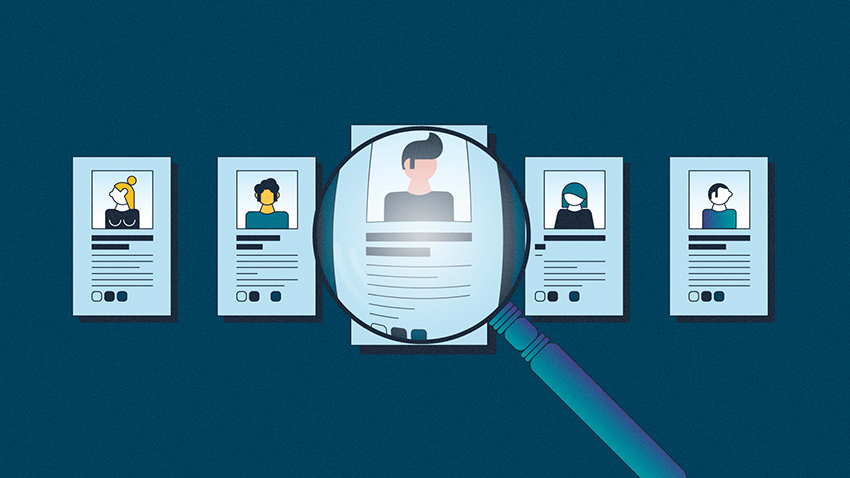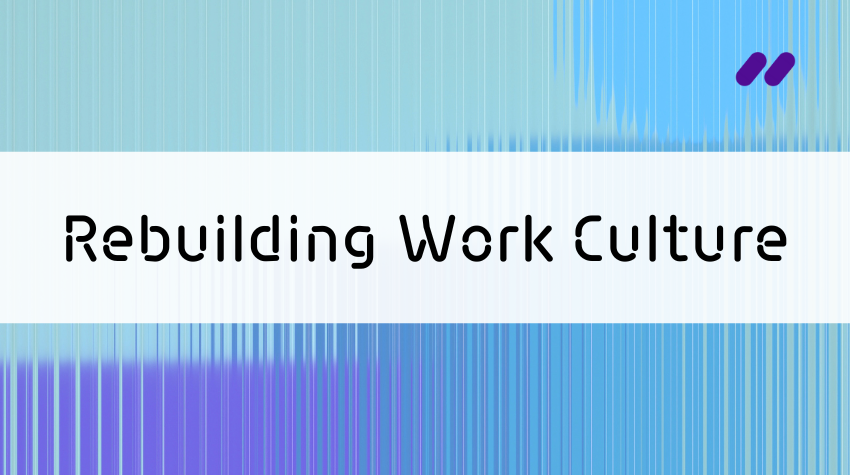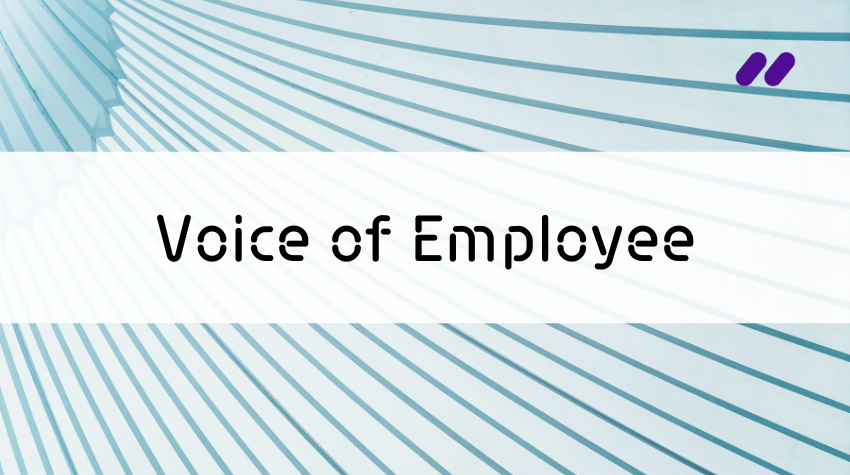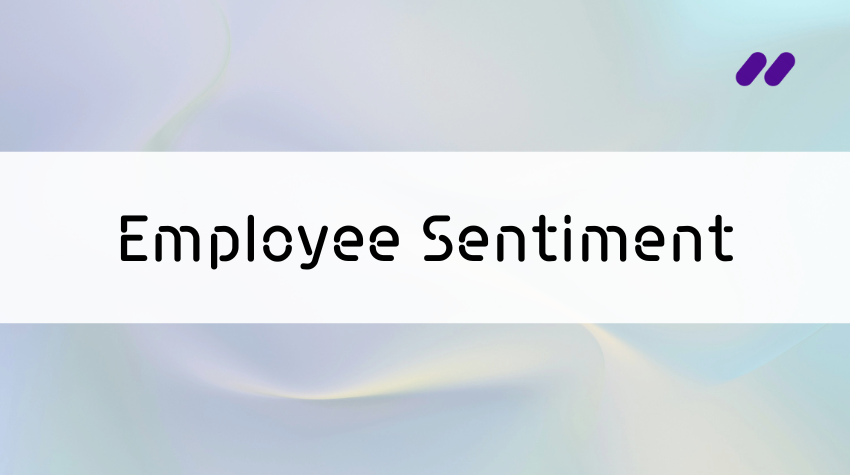As more and more North Americans delay retirement and work well into their sunset years, today’s workforce has entered a unique position: multiple generations — sometimes even four or five — are rubbing elbows in the office.
There can be distinct differences in how the Silent Generation, Baby Boomers, Generation X, Millennials and Generation Z operate in the workplace. For instance, in regards to change, older generations may adopt an “if it ain’t broke, don’t fix it” or “this is the way we’ve always done it” attitude, while on the other end of the spectrum, Millennials and Generation Z may believe “change is a given. Everything is always faster and better if improved,” says Giselle Kovary, president of n-gen People Performance Inc.
Worse than pushing away employees is that a disengaged employees might stay.
One of the biggest challenges right now for leaders is how they can “understand the values, expectations and behaviours of their teams so that can effectively adjust their leadership style to engage a diverse workforce,” she says.
This might mean re-evaluating practices to ensure all generations are satisfied, not just the new kids on the block (in this case, Millennials or Generation Z) or Baby Boomers, who may have spent more years with the business.
Leaders need to start opening a dialogue with employees, which means listening to their opinions and responding appropriately. Employee surveys, particularly using qualitative data from Voice of Employee (VoE) surveys, is an important tool for employers to start and maintain that dialogue.
Voice of Employee for the Modern HR Leader in 2024
Read our complete guide to the voice of the employee here.
Employers who use data to overhaul their employee experiences — which means more than just providing one-time office perks — are fostering environments that energize employees to want to head to work each day, and that’s only good for business. Companies that do so have more than four times the average profit and more than two times the average revenue. Business leaders at these top-scoring organizations say their employees are not only happier but they’ve also seen gains in their talent pipelines and productivity.
VoE also plays a big role in removing biases in the workplace that affect recruiting, promoting and relationships with employees.
Ignoring the values and motivations of employees, on the other hand, could have several negative effects. Businesses could see high employee turnover, which results in added costs for recruiting and onboarding new team members. This can affect company growth, Kovary says, particularly if traditional workplaces aren’t making themselves appealing enough to younger generations.
Perhaps worse than pushing away employees is that disengaged employees might stay, resulting in low productivity and poor team collaboration, she adds.
VoE is critical for exposing leaders to the thoughts and feelings of the workforce – what we call sentiment analysis. The more generational differences — or similarities — are brought to the attention of leadership, the better employers can understand the minds and motivations of their employees, most importantly, keep them engaged, says Rob Catalano, chief engagement officer and co-founder at WorkTango Inc.
VoE also plays a big role in removing biases in the workplace that affect recruiting, promoting and relationships with employees, Catalano adds. Employers may learn, however, that their VoE surveys tell a different story. At Harris Computer Systems, for example, Anila Brown, head of organizational development and learning was surprised to learn from VoE surveys that Generation Z and the Silent Generation employees, two youngest and eldest generations, were the most engaged in the workplace and share similar work ethics.
Millennials, on the other hand, who occupy middle management positions, were the least engaged at the office. By asking the right questions, the company discovered that this demographic was missing out on the opportunities that directors and vice-presidents in the older generational cohorts got to explore, such as leadership events, work summits and exciting meetings held at resorts. So while some members of the older generational cohort were participating in professional development, millennials were tending to the office.
Millennials who occupy middle management positions were the least engaged at the office.
To help increase engagement among its millennial clients, Harris Computer Systems developed a six-month program called Manager Round Table to help develop skills and provide better understanding and exposure to the company as a whole.
The company has also decided to use VoE on a three-month basis, instead of annually, to keep a closer eye on employee engagement. Employees have responded in kind by sharing more feedback and demonstrating greater transparency.






